Learn how to make a melt and pour shaving soap bar to keep skin smooth and moisturized before and after shaving. This shave soap bar recipe lathers really well is super easy to make, and works great!
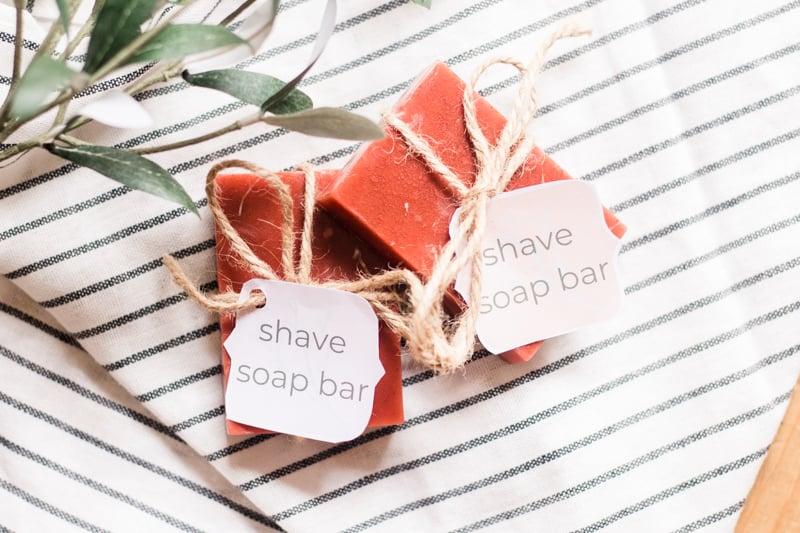
Shaving Soap Bar
A shaving soap bar can be used to replace conventional shaving cream or liquid soap.
You are watching: Shaving Soap Bar Recipe
It is specifically designed for use in the shower but works well in any way you choose to use it.
Using shaving soap is a great way to make your skincare routine more sustainable and natural.
A shaving soap bar is designed to soften the skin and hair to make shaving easier, avoid razor burn, and protect the skin from cuts.
The most significant difference between a foaming shaving cream and a shaving bar is the texture.
Shaving creams are much softer and quick to lather. In comparison, a shaving bar will last longer and cleanse at the same time.
Homemade Shave Soap
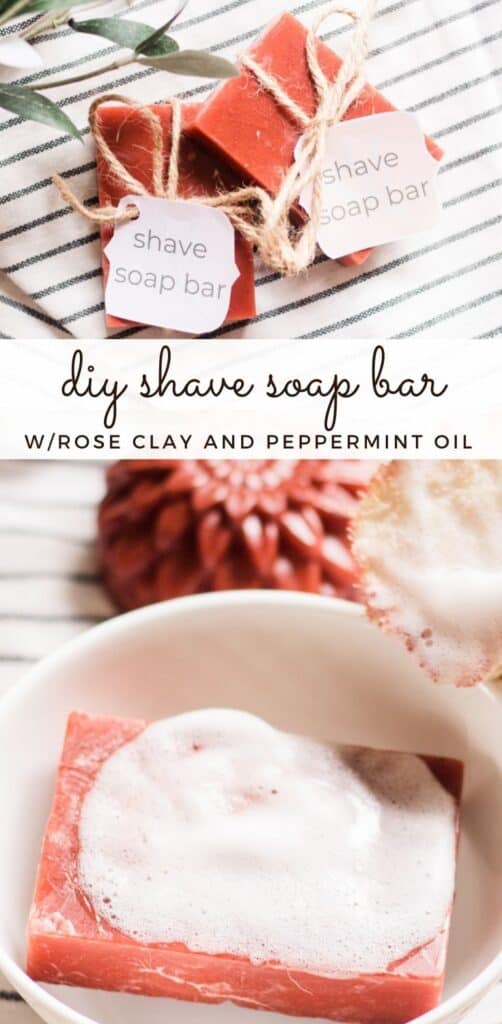
To make your own shaving soap bar, you can either use a melt and pour soap base, or you can make a cold-process soap bar.
Making a cold-process soap bar is a bit more involved but is easier to customize to suit your specific skin care needs.
If you decide to make a cold-process soap bar, you will need an ingredient called lye. Lye can be dangerous to work with and requires special safety gear.
For a melt and pour shaving bar, the steps for mixing lye with the fats and oils, which is called saponification, have already been done.
Shaving Soap Recipe
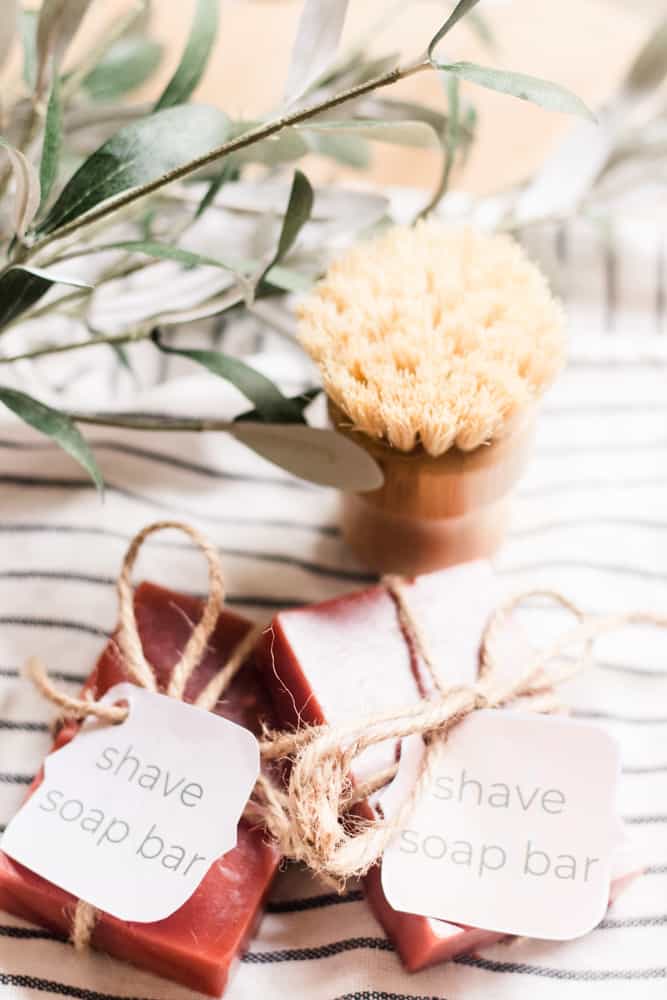
For this shaving soap recipe, we will be using an aloe vera melt and pour soap base, rose clay, vitamin E oil, and essential oils.
All of these ingredients are great for softening the skin, preventing redness and ultimately giving you an incredibly close, smooth shave.
This post contains affiliate links, which means I make a small commission at no extra cost to you. Get my full disclosure HERE.
Shave Soap Ingredients
1/2 pound aloe vera melt and pour soap base
1 tablespoon rose clay
Read more : Guide to Egg Substitutes
5 drops vitamin E oil
15 drops peppermint essential oil (see alternate blend recommendations below)
Soap molds
How to Make Shaving Soap
- Cut the aloe vera soap base into small chunks and place them into a double boiler.
- Melt over medium-low heat. Stir occasionally with a wooden spoon.
- Remove from heat when it is completely melted.
- Allow to cool slightly, then stir in rose clay and vitamin E oil.
- Add peppermint essential oil, mixing in well.
- Divide the mixture equally into the molds.
- Allow to fully cure before removing from molds.
How to Use a Shaving Soap Bar
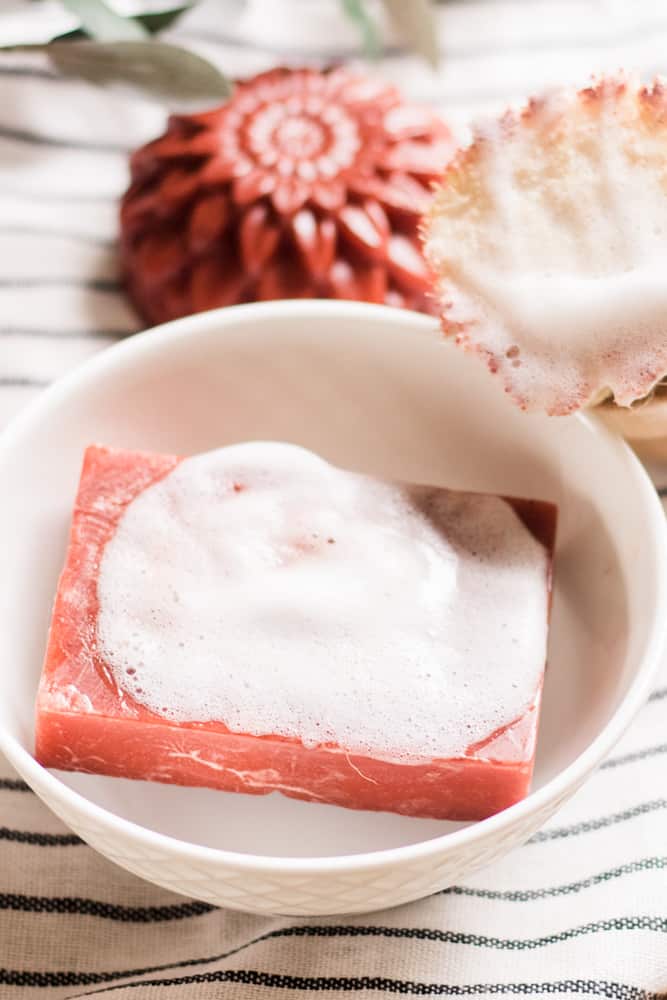
This shave soap bar will work well for shaving in the shower or in front of the mirror.
First, get the bar wet, then vigorously rub it in your hands to create a lather, transfer lather to the area you are shaving, and then shave with a razor.
To extend the life of the shave bar, you can use a shave brush to work up and apply the lather.
Get the shaving brush wet, then rub it vigorously over the soap bar to create a lather, apply the soap with the brush to the skin you are shaving, and then shave with a razor.
Follow up with a natural aftershave to close the pores and prevent skin irritations and ingrown hairs.
How to Store Shaving Soap Bar
After you are done shaving, rinse off any lather left on top of the soap bar and pat dry with a towel if necessary.
Store in an appropriate soap dish with adequate drainage or a shower soap bar caddie.
Best Essential Oils for Homemade Shaving Bar
When choosing essential oils for your shaving soap bar, you will want to stick to essential oils that have benefits for the hair and skin.
For example, using oils like peppermint or wintergreen have a cooling effect and are great for shaving.
Minty Fresh
- 5 drops peppermint
- 5 drops wintergreen
- 3 drops rosemary
- 2 drops lemon
Clear Skin
- 5 drops lavender
- 5 drops tea tree
- 5 drops frankincense
Woodsy Blend
- 5 drops Siberian Fir
- 5 drops bergamot
- 3 drops cedarwood
- 2 drops lemongrass
Cooling and Soothing
- 5 drops lavender
- 5 drops peppermint
- 5 drops eucalyptus
Sensitive Skin
- 5 drops lavender
- 5 drops chamomile
If you have sensitive skin, you may want to use fewer essential oils in your shaving bar or consider omitting them altogether.
Shave Soap Bar Ingredients
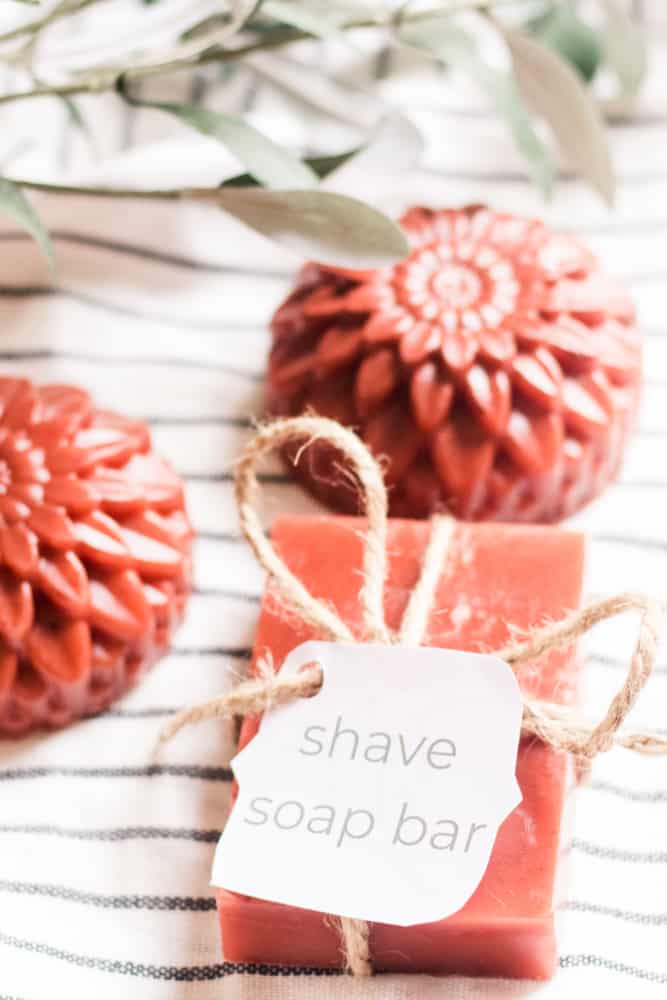
Melt and Pour Soap Base
A melt and pour soap base is a ready-made soap base that has already completed the saponification process for you.
This makes making homemade soap bars very simple and is the way I did it before making cold process bars.
When choosing a soap base, you will notice there are a lot of different options to choose from.
Read more : Paula Deen Strawberry Cake (Simply Delicious Recipe)
For this shave soap bar, we are using an aloe vera soap base.
Aloe vera is very moisturizing for the skin, can help with razor burn, and soothe skin irritations.
This soap base is clear with a light green tint.
Clay
Adding in a small amount of rose clay or kaolin clay will help the razor glide more smoothly, helping reduce cuts.
Rose clay is a light and fine clay with a dark pink color.
It is gentle on the skin, making it great for those with sensitive skin.
In addition, rose clay can be used to make homemade face masks and in your shaving bar to reduce signs of aging and soften skin.
The added clay can help to draw out impurities, reduce wrinkles, fine lines, and improve skin tone.
Vitamin E Oil
Vitamin E oil will help reduce itchiness, redness and moisturize the skin.
It is also a natural preservative and is often used to extend the shelf life of soap bars.
Vitamin E oil often comes in a dropper bottle or in pill form. If using a dropper bottle, add 5 drops to your soap recipe.
If you have vitamin E pills, poke a hole in the capsule and squeeze the entire pill contents into your soap.
Essential Oils
Essential oils are optional in this recipe; however, they can add many benefits to your shaving soap bar.
Not only will the essential oils make your soap bar smell amazing, but they can also soothe and soften the skin.
Adding in a mint oil will give your shaving bar a cooling effect and will feel good on the skin.
In addition, essential oils such as rosemary and lavender can help soften the hair and leave a fresh, clean aroma.
Some more popular soap bars:
- Cold process lard soap
- Clear glycerin bars
- Melt and pour dish soap bars
- Shampoo bars
Source: https://gardencourte.com
Categories: Recipe

